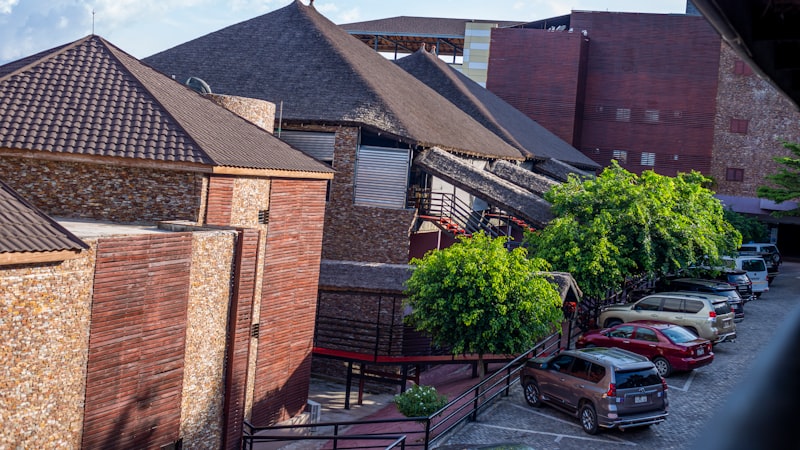This is about WiFi. I have a 3500 sqft two level home with about 40 devices altogether between the WiFi switches, thermostats, streaming TVs, Ring, computers, tablets and phones.This is about WiFi. I have a 3500 sqft two level home with about 40 devices altogether between the WiFi switches, thermostats, streaming TVs, Ring, computers, tablets and phones. I made a terrible mistake of going with Linksys Velop which I found to suffer from known issues with ecobee connectivity, one of ROKUs can’t connect to main network either and generally I find myself rebooting Velops from time to time. No support for multiple SSIDs and generally very little in terms of settings available. I got 1gbps fiber internet through AT&T and the speed is fine. I also have the hardwired Ethernet around the house from 2006 which is probably Cat5. Whatever can be connected on Ethernet is (main TV, Xbox in the cinema, work Pc). Velops are on this wired backhaul but thinking of it now it would probably be better to use the wireless backhaul which may be faster than allowed by the 15 year old cabling. Should I replace the Velop with a better home mesh? Should I add another network for IOT only? Is there a value in separate SSIDs for automation stuff? How did you design your WiFi?

 ☰
☰